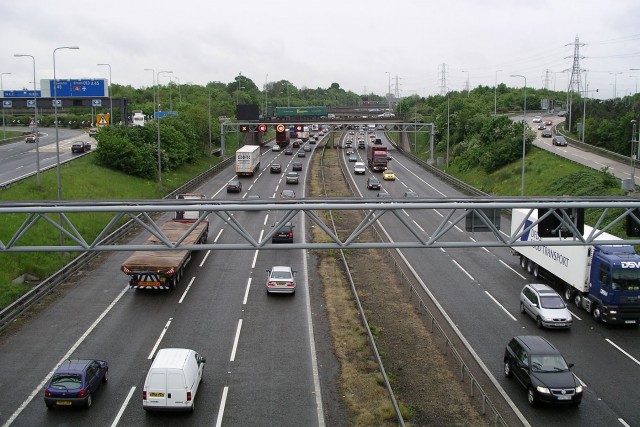The smart motorway is celebrating its first birthday, yet evidence suggests drivers are confused about how to use them.
Smart motorways allow drivers to use the hard shoulder during busy periods. Electronic signs on the overhead gantries are used to warn of incidents ahead, plus there are refuge areas for emergencies.
However, a survey from the Institute of Advanced Motorists (IAM) found 71% per cent of drivers feel less safe on a motorway with no hard shoulder.
Equally, 40% were concerned about the ability of monitoring systems, such as traffic detectors and CCTV, to protect them if they needed to pull over and stop.
England’s first ‘all-lane running’ motorway was a stretch of the M25 between junctions 23 and 25, opened on 14 April 2014. Similar schemes are now in operation on the M1, M4, M5, M6, M42 and M62.
IAM chief exec, Sarah Sillars, said: “Some are still confused and nervous about using smart motorways – if they are aware of them at all.” The organisation has produced a set of tips explaining what the electronic signs mean on smart motorways:
- Red cross without flashing beacons: hard shoulder only for use in an emergency or breakdown
- Speed limit inside a red circle: a mandatory limit that may have cameras enforcing it
- Blank signal: usual motorway rules apply
- White arrow with flashing beacons: applies to all lanes and means you should move into the lane that the arrow points to
- Red cross with flashing beacons: You should not continue to use the lane
- National speed limit sign is shown: 70mph maximum speed limit, which applies to all lanes apart from the hard shoulder
According to Sillars, the best way to raise awareness of smart motorways is “to allow learner drivers to use motorways under expert supervision.”
